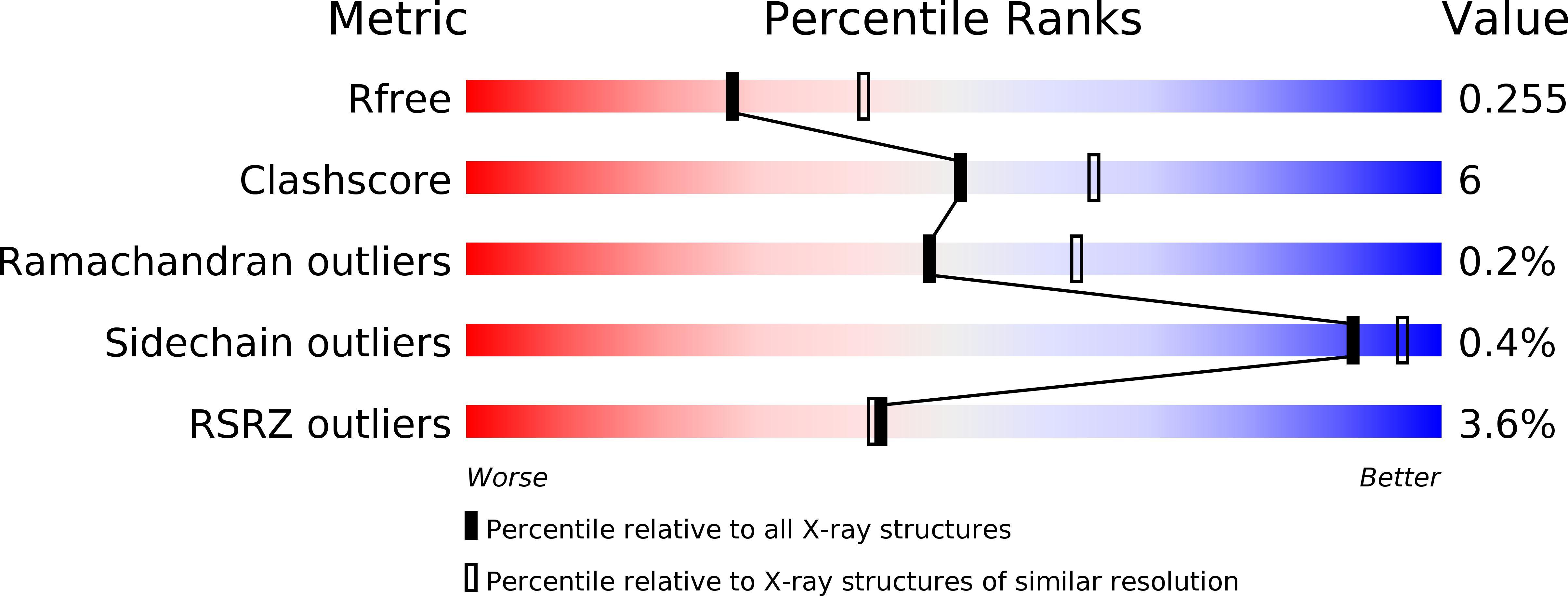
Deposition Date
2007-08-31
Release Date
2008-03-18
Last Version Date
2024-10-16
Entry Detail
PDB ID:
2R4B
Keywords:
Title:
ErbB4 kinase domain complexed with a thienopyrimidine inhibitor
Biological Source:
Source Organism:
Homo sapiens (Taxon ID: 9606)
Host Organism:
Method Details:
Experimental Method:
Resolution:
2.40 Å
R-Value Free:
0.26
R-Value Work:
0.20
R-Value Observed:
0.20
Space Group:
P 43


